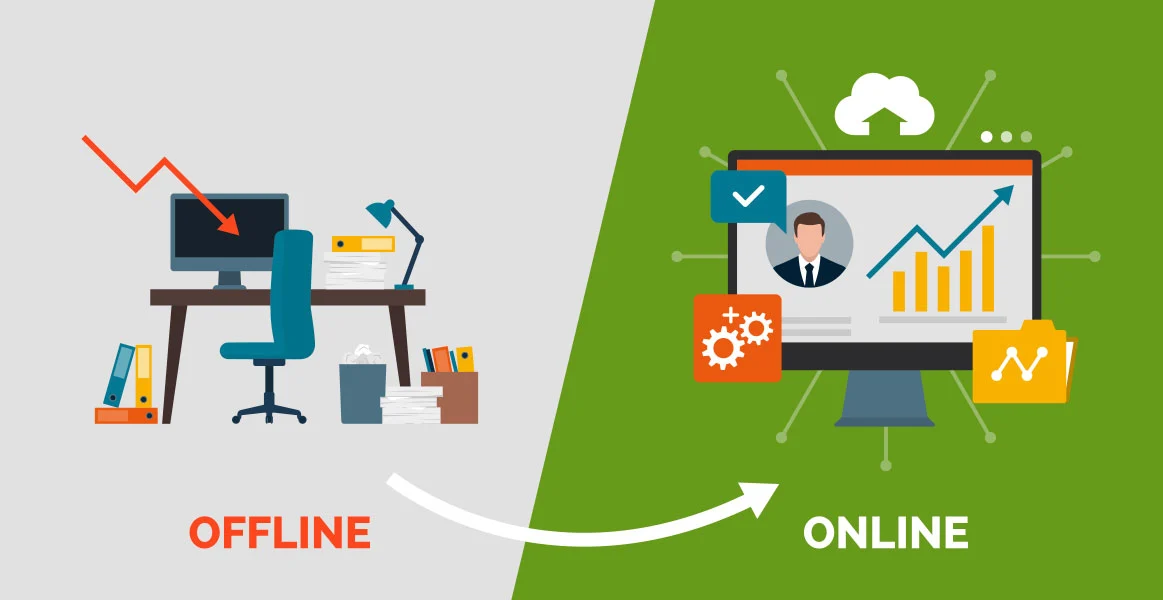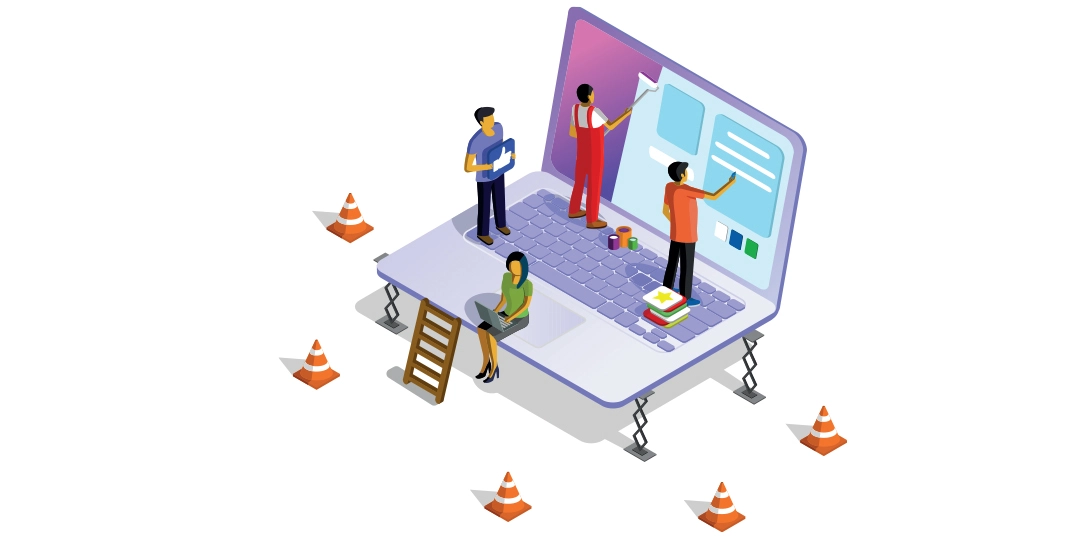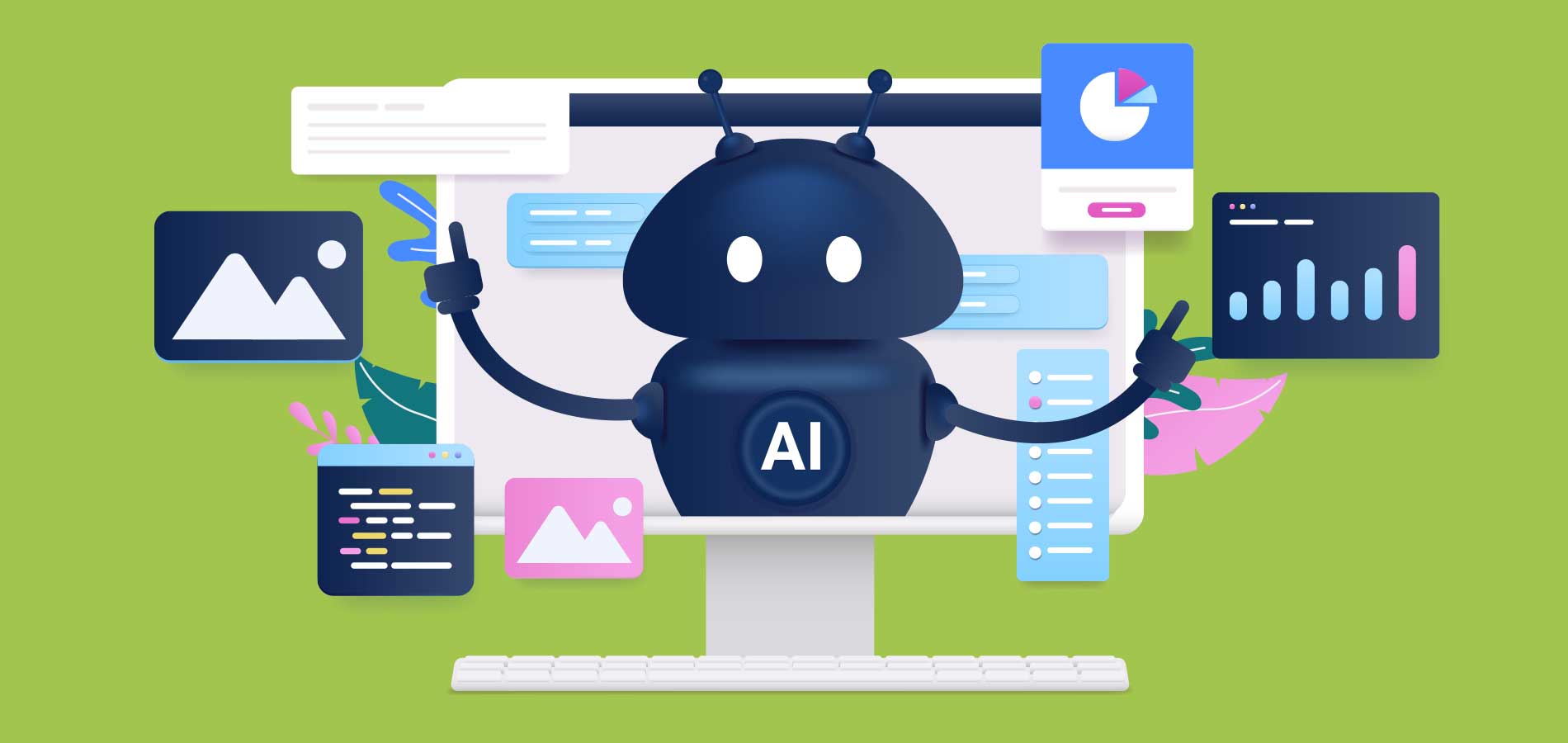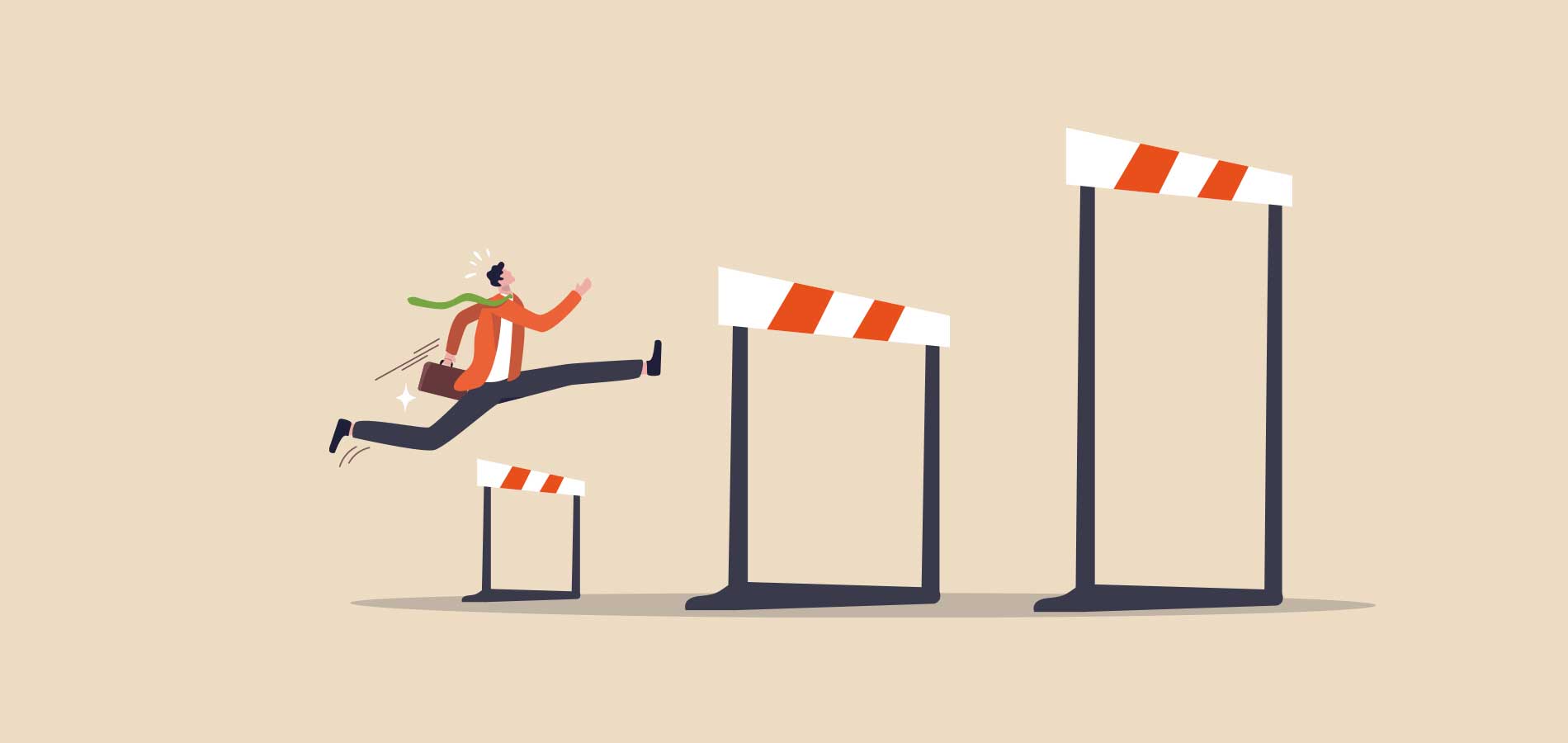Your SEO is doing wonders for your website and getting you great rankings and even better traffic, but this traffic means nothing to your business if it doesn't convert to meaningful revenue. What will matter the most to the bottom line of any online marketing activities will be your conversion rate.
This can also come in a number of forms and really depends on the goals of your website and what you are trying to achieve when people visit, other than the ultimate need for visitors to purchase you r products and services. You might want visitors to engage in content download, have meaningful interactions with elements of your site, and fill out any forms to build on your database for future interactions, just to name a few. Increasing conversation rate seems pretty simple, right.
Unfortunately, if you've ever tried it, you know it's not as easy as it sounds. There are any numbers of variables that will factor into whether or not a visitor converts, but on the flip side there are any numbers of strategies you can use. Let's have a look at some of them below.
Call to Action
We all know what this is and you should include a call-to-action on your website, but why stop at just one. Place these throughout your website in button form, signup opportunities, popup offers, and download opportunities, within the body of your content and blog posts, situated in the side-bar and header. By placing these call-to-actions throughout your website you are giving your visitor more opportunity to convert, however don't be obnoxious where your visitor gets fed up with them and simply leaves. Think about the placement of the call-to-action and how they can be relevant within your design structure and provide benefit to your potential customer.
Let's check out a few stats on CTA's
A. Sidebar: 0.5 - 1.5%
B. Generic, end-of-post: 0.5 - 1.5%
C. Pop-ups: 1 - 8%
D. Sliders and bars: 1 - 5%
E. Welcome gates: 10 - 25%
F. Featurebox: 3 - 9%
G. Navbar: varies
We can go on with many more statistics about CTA's and what will work for some, may not work for you. Successful Call-to-Actions require experimentation and testing and a willingness to try new things, so dive in.
Trust Seals
Adding one or multiple trust seals can also help with your conversion rate online. Many industries have authority companies that oversea them, such as the travel industry with The Australian Federation of Travel Agents Limited (AFTA). Any travel agency in Australia registered with AFTA is then in turn considered to be a trusted agent and therefore legitimate. If you are shopping online then having certain trust seals is extremely important for the customer to see, as well as having an SSL certificate associated with your site. More than 88% off people feel that trust seals are important when shopping online and over 70% have cancelled their online order because they did not "trust" the transaction.
So check within your industry what authorities can provide an extra level of trust when people land on your website. Find out who are they and what you need to do to get rewarded?
Some other great things to keep in mind to help your conversion rate online are:
You're Headline
It is perhaps the single most important element of your landing page. GRAB THEIR ATTENTION!! with a great headline.
You're in the Business of Solving Problems
It is important to clearly state the benefits of your product and or service. Listing your product and service features is a must, but even more important is to tell your potential customers/visitors exactly how your product and service will be of benefit to them or solve their problem.
Keep it above the Fold
Ideally any opt-in boxes and other conversion elements should be above the fold for better results. However, we have already mentioned that you can add more than one CTA, strategically placed throughout your site for even more optimal conversion rate results.
Humanise your Brand
Adding a simple video on landing pages to show there's a real person behind your brand or having a fun creative video to introduce your business is a must in any website. Including video on a website landing page can increase conversion rates by 80% and 92% of mobile video consumers share videos with others (hubspot).
Kick the 'Hype' to the curb
In today's environment most consumers are to savvy to fall for copywriting based on hype. So ditch it and focus more on clear, easy to follow and compelling copy that will help your potential customer to purchase or pick up the phone to call.
Single Column vs Multi Column Layout
Many sites have a double-column layout, one experiment done by Marketing Experiments with a test version showed a 681 % increase in conversions when changing from a double column layout to single. You can probably guess that less distractions, more streamlined content, and perhaps better eye tracking were all factors that led to an easier user experience. However, with more testing generic searches had customers requiring more clarity of value from the brand before making a decision to convert, and multi-column layouts with more complex information did better in aiding the conversion rate by providing a wider array of information on the brand to build initial trust.
It comes down to the visitor's relationship with the brand. The more a customer knows about the brand, the simpler and more focused website design tends to win. On the flip side the less known about the brand by the visitor the more complex, multi-faceted and weighted website design won. Think about your brand and how well-known in the market place it is. We all can't be Apple, but good website design will always have a structure drawn out and created before actually being developed.
There are many more tips to help with conversion rates online and we have touched on a few that I think are pretty important. In saying this, the last tip we are going to look at below is a must.
Test! Test! Test!
One of the best things you can do to improve your conversion rate is to test. Don't be afraid to make mistakes. You never know unless you try and as I previously mentioned what works for some may not work for you. You can try A/B or split testing which involves testing one version of a page or interface element against another version of the same thing. Each element will be measured by its effectiveness in comparison to the other. These elements will all be defined by what the conversion looks like to you and as previously touched on this could be signing up for an email newsletter, creating an account with a login and password, making a purchase, downloading your app, or something else entirely.
There are also some software's that exist to help you set up tests. Some of these are free like Google Content Experiment or you can pay for others such as Optimizely or Website Optimizer. After testing, it's important to track, collect information and analyze the statistics. There is no point in doing this if you are not analyzing the data. The statistics will tell you what elements need to be kept or improved. You can also ask your audience to give their feedback on what they are looking for and what you can improve. There is also software that can help with this too.
It is really good to have traffic on your website, it's even better when this traffic generate profits!









